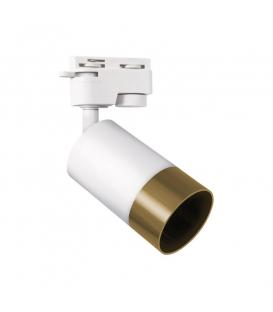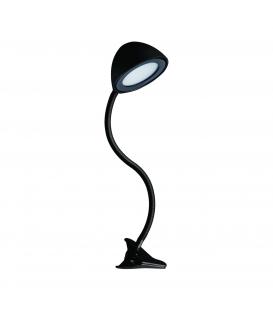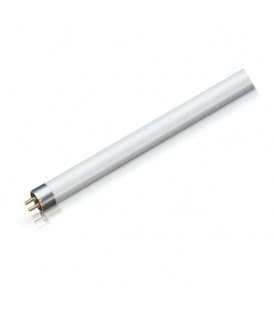Energy Efficiency Class - EU energy label

EU Directive 92/75/EC established an energy consumption labelling scheme. The directive was implemented by several other directives thus most consumer goods must have an EU Energy Label clearly displayed when offered for sale. The energy efficiency of the appliance is rated in terms of a set of energy efficiency classes from A to G on the label, A being the most energy efficient, G the least efficient. The labels also give other useful information to the customer as they choose between various models.
Directive 92/75/EC was replaced by Directive 2010/30/EU, and was again replaced by Regulation 2017/1369/EU from 1 August 2017. Updated labelling requirements will enter into force in september 2021.
The new classification is completely different, for example LED lamps are in class A+ or A++ under the old classification, but from 2021 they will be in class F.
It will reintroduce a simpler classification, using only the letters from A to G. The rescaling will also lead to better differentiation among products that, under the current label classification, all appear in the same top categories. It means, for example, that a lamp that currently has the A+++ label could become a C category, even though the lamp is just as energy efficient as before. The main principle is that the A category will be empty at first, and B and C categories scarcely populated, to pave way for new, more energy efficient products to be invented and developed.
Energy efficiency classes are used to indicate the energy efficiency of various appliances and products, including light bulbs, luminaires, and LED lamps. These classes provide consumers with information about the energy consumption and performance of these products, helping them make more informed decisions and choose more energy-efficient options. The specific energy efficiency classes might vary based on regional regulations and standards, but I can give you a general overview based on information available up to September 2021:
For light bulbs and lamps, the energy efficiency classes are typically labeled with letters ranging from A++ (most efficient) to E (least efficient).
Here's a breakdown of what these classes generally represent:
- A++: This class represents the most energy-efficient products. Light bulbs or lamps labeled with A++ consume the least amount of energy for a given level of brightness or luminosity.
- A+: These products are also highly energy-efficient, consuming slightly more energy than A++ but still considerably less than lower classes.
- A: This class indicates products that are moderately energy-efficient and still perform well in terms of energy consumption.
- B, C, D: As you move down the alphabet, the energy efficiency decreases, and the products consume more energy for the same level of output.
- E: This class represents the least energy-efficient products. Light bulbs or lamps labeled with E consume the most energy for their level of brightness.
European Union (EU) has introduced an energy label for light bulbs, luminaires, and LED lamps to help consumers make more informed choices regarding energy efficiency. This label uses a similar classification system to the one I described earlier, with some additional details specific to the EU energy label. However, please note that there might have been updates or changes since then.
The EU energy label for light bulbs, luminaires, and LED lamps typically includes the following information:
- Energy Efficiency Classes (Scale A++ to E): This scale represents the energy efficiency of the product, with A++ being the most efficient and E being the least efficient.
- Luminous Flux (Brightness): The label provides information about the light output of the product, measured in lumens. This helps consumers choose the right level of brightness for their needs.
- Color Temperature: The color temperature of the light is indicated on the label. It is measured in Kelvin (K) and indicates whether the light is warm or cool in appearance.
- Rated Power Consumption: This indicates the power consumed by the product in watts (W).
- Rated Lifetime: The expected lifetime of the product in hours is mentioned on the label.
- Switching Cycles: The number of times the product can be switched on and off before its performance is affected is also provided.
- Mercury Content: If the product contains any mercury, it will be indicated on the label.
- Other Icons and Information: The label might also include icons indicating whether the product is suitable for specific applications, such as indoor or outdoor use.
The exact design and information on the label can vary over time as the EU periodically updates its labeling requirements to reflect advances in technology and changes in energy efficiency standards.






